Reminder: all of our rugs are professionally washed.
You will receive an invoice serving as a certificate upon your request.
Large old kilim measuring 196 cm wide by 292 cm long, in very good condition from the beginning of the 20th century.
This kilim presents a large decoration abundant in ethnic motifs and surrounded by a wide border.
There are many motifs of fertility and happiness, including: "Ram's horns" symbol of masculinity, male fertility, strength, heroism and righteousness.
This pattern is also enormously present on Turkmen carpets, notably Yomoud, but also on Afghans.
Traditionally, weaving is done by women. The use of this motif aims to give husbands strength in all aspects of life. “Pomegranates” “Stylized pomegranates” are the symbol of fertility on Anatolian kilims found in the carpet field. They come in pairs, hanging on stems and leaves in a geometrically bold design that is very difficult to interpret as the shape is so stylized. In the Mediterranean basin and in Asia, the pomegranate is the symbol of marriage, fertility and especially love, it is a motif that we encounter on some carpets. We will not forget to point out that these rugs never represent the apple. (mistake may be possible due to the shape of the drawing). This fruit, even if it represents knowledge, is also the forbidden fruit and a symbol of erotic associations in the West as in the East. On the other hand, the representation of the apple blossom is a symbol of auspiciousness and welcome. Note the quality of the border, stylized flowers and a black Greek, reminiscent of the classic Caucasian borders called "running dog". .The big difference between classic kilims and old and very old kilims is the type of dyes used for dyeing the wool. Indeed, as soon as chemical dyes appeared, the women of Anatolia and Iran were seduced by the large palette of varied colors offered by this new technique and they gradually abandoned the use of vegetable dyes. In certain regions, this movement began at the end of the 19th century. The colors of these kilims, originally bright, have faded over the years. The blues became blue-gray, the reds: pale terracotta, the emerald greens: lime or almond. The kilim is a wool carpet, woven in low smooth, a specific artisanal product of Muslim nomadic peoples, particularly from Anatolia, Iran and the Caucasus. The kilim, also spelled klim or kelim (word of Turkish origin), is a carpet without velvet because it is embroidered instead of knotted. The kilim is made in various cities in Anatolia and Iran. Its name, which comes from the Persian gelim, is used to designate a flat-stitch wool carpet found mainly in the Near East, the Caucasus and Central Asia and which appeared almost 10 years ago. 000 years! Kilims have their meaning. They emanate a strong identity retracing the memory of the sedentary, nomadic and semi-nomadic people who make them. A style, an identity characterizes a tribe, a village: fiery or sober colors, complex or refined patterns depending on the region. The patterns correspond to ancestral symbolic writing inherited from shamanist beliefs. The geometry of the patterns and their ethnic tone characterize their DNA. The kilim was originally used as an indoor stole, blanket or carpet protecting the floors of mosques and yurts. Nowadays, it can be used on the floor, on the walls, as a sofa throw, as a headboard or as curtains. Today, this gives them a powdery and soft appearance which allows them to be integrated into most of our contemporary interiors. Not having been woven for commercial purposes, kilims remain a wonderful expression of local traditions.
Which preserves their authentic character and gives them an old-fashioned charm.
Dimensions: Width: 196 cm (77") x Length: 292 cm (115")
This rug has been professionally and environmentally friendly cleaned.
FREE SHIPPING FOR FRANCE 0€ / EUROPE 25€ / WORLD 50€
For more information you can contact me on 06 13 36 09 30 and this 7/7 or by email at winsteinprovence@gmail.com, in advance, thank you . www.winsteinprovence.com
COME VISIT US!!!
(texts, photo credit Winstein, all rights reserved).
ref WINSTEIN 1306


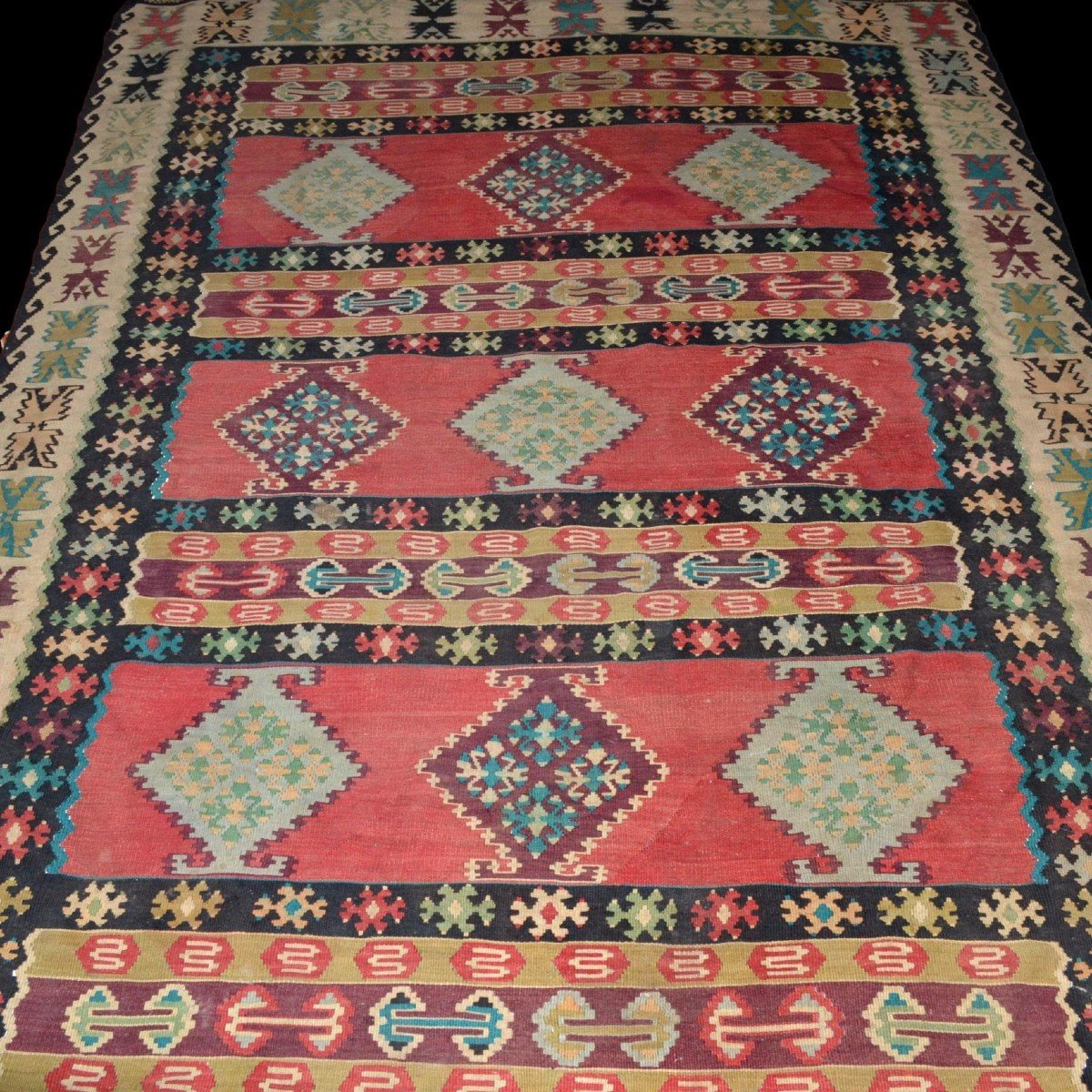
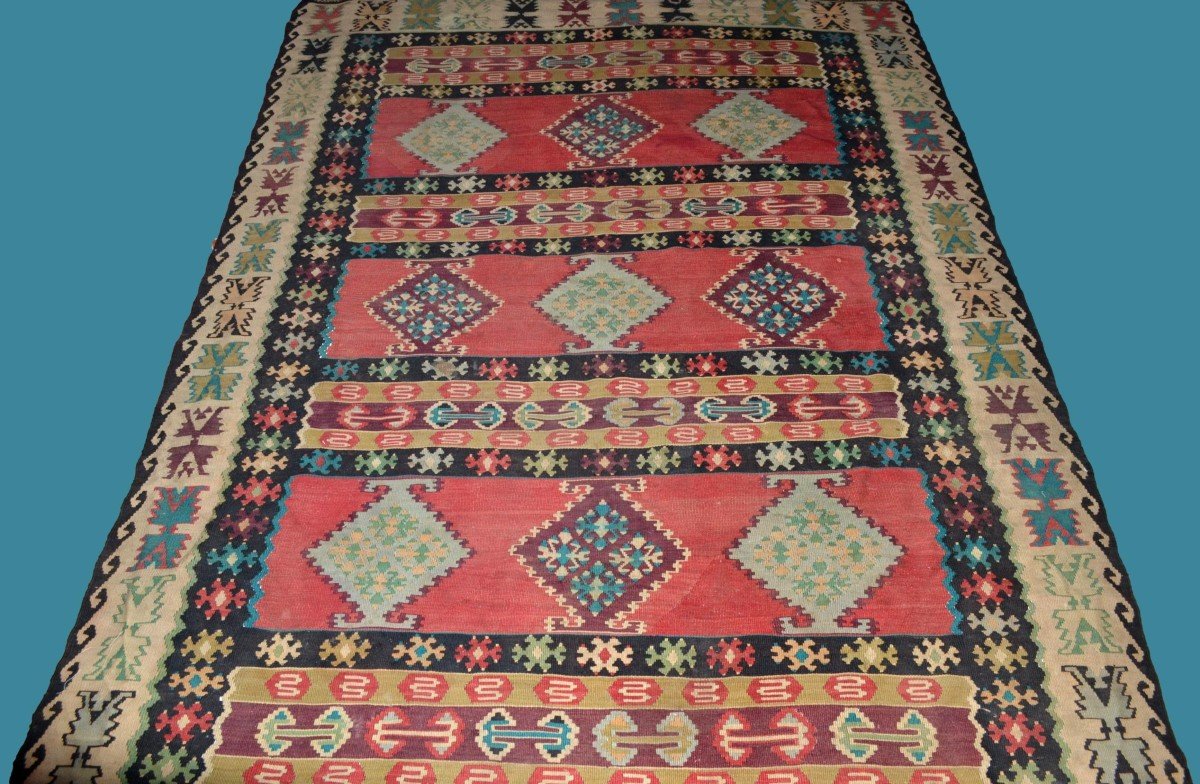
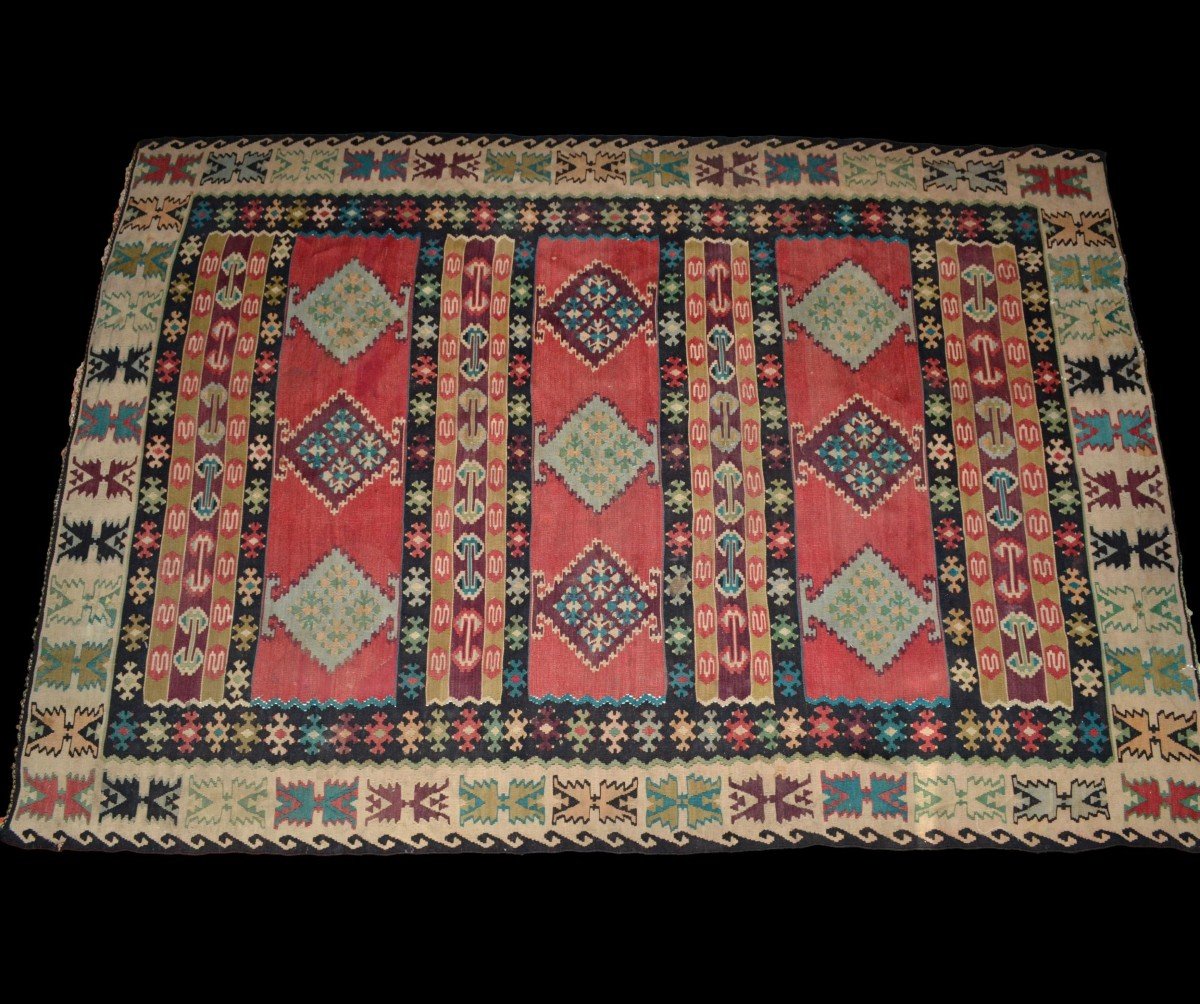
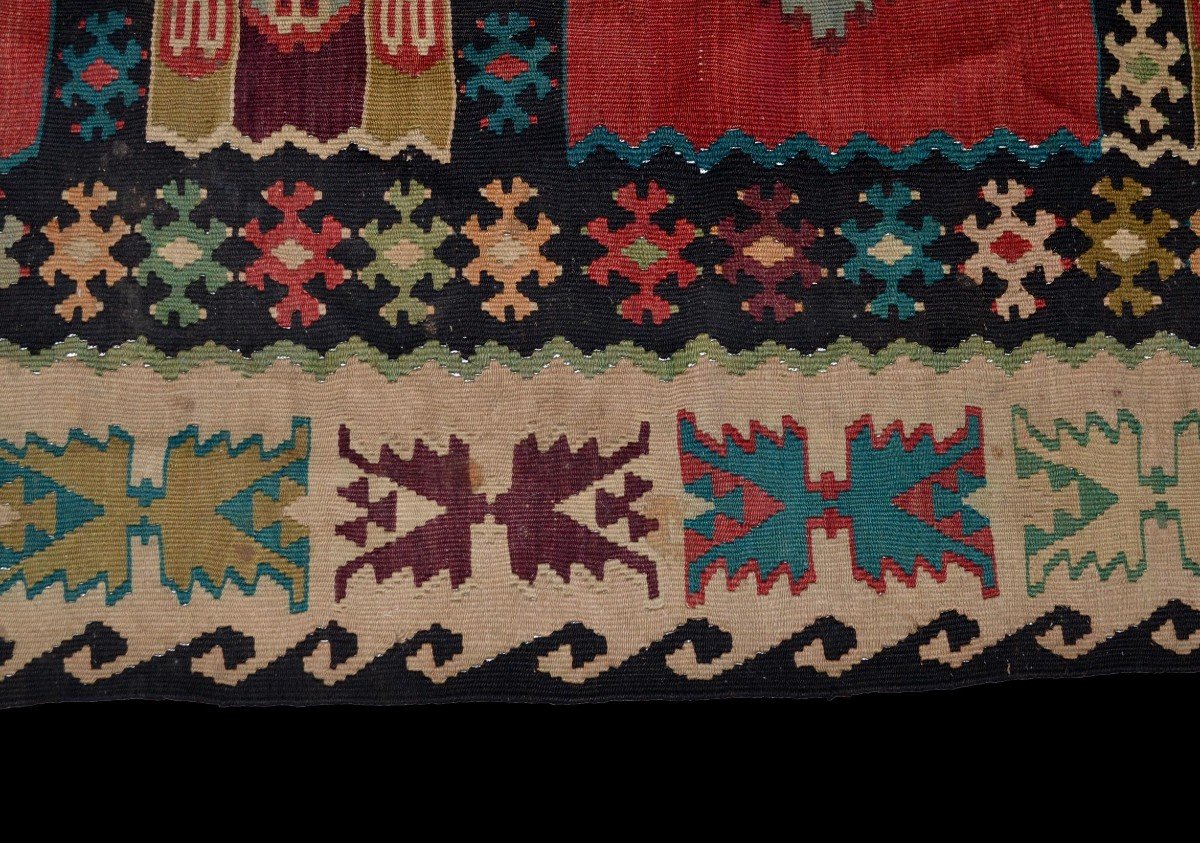
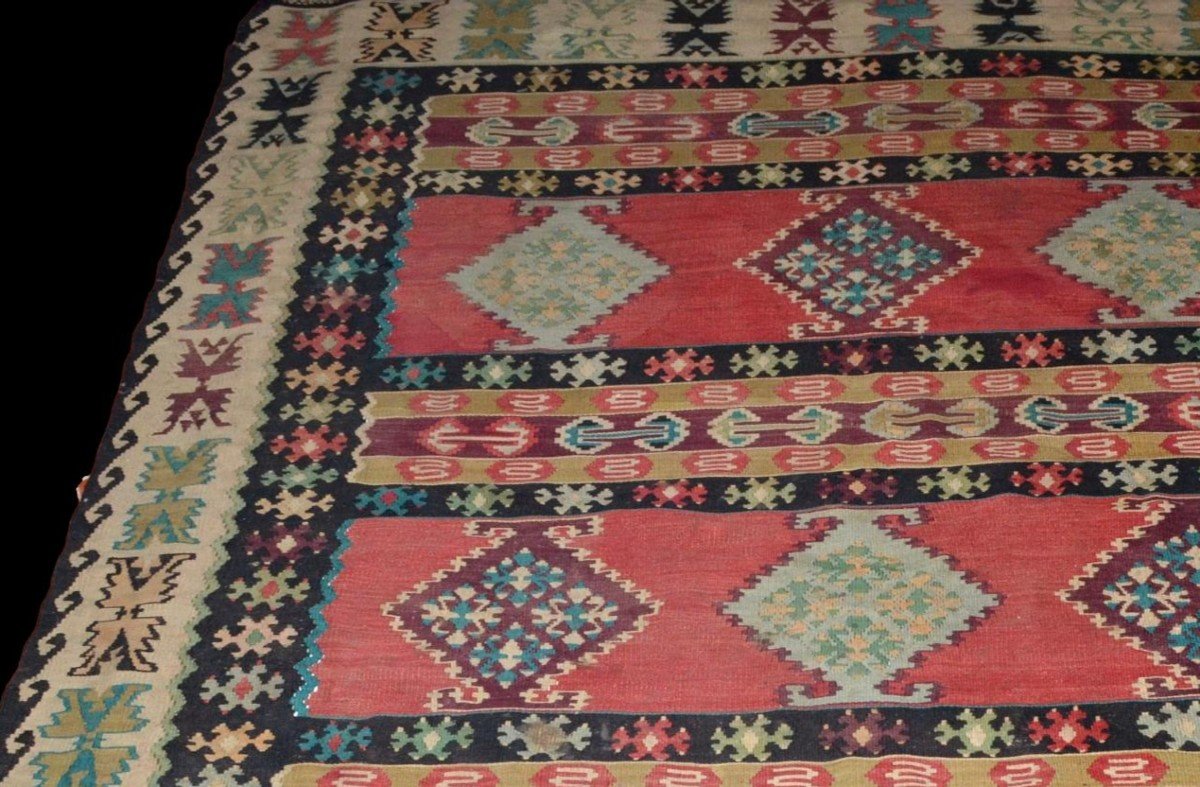
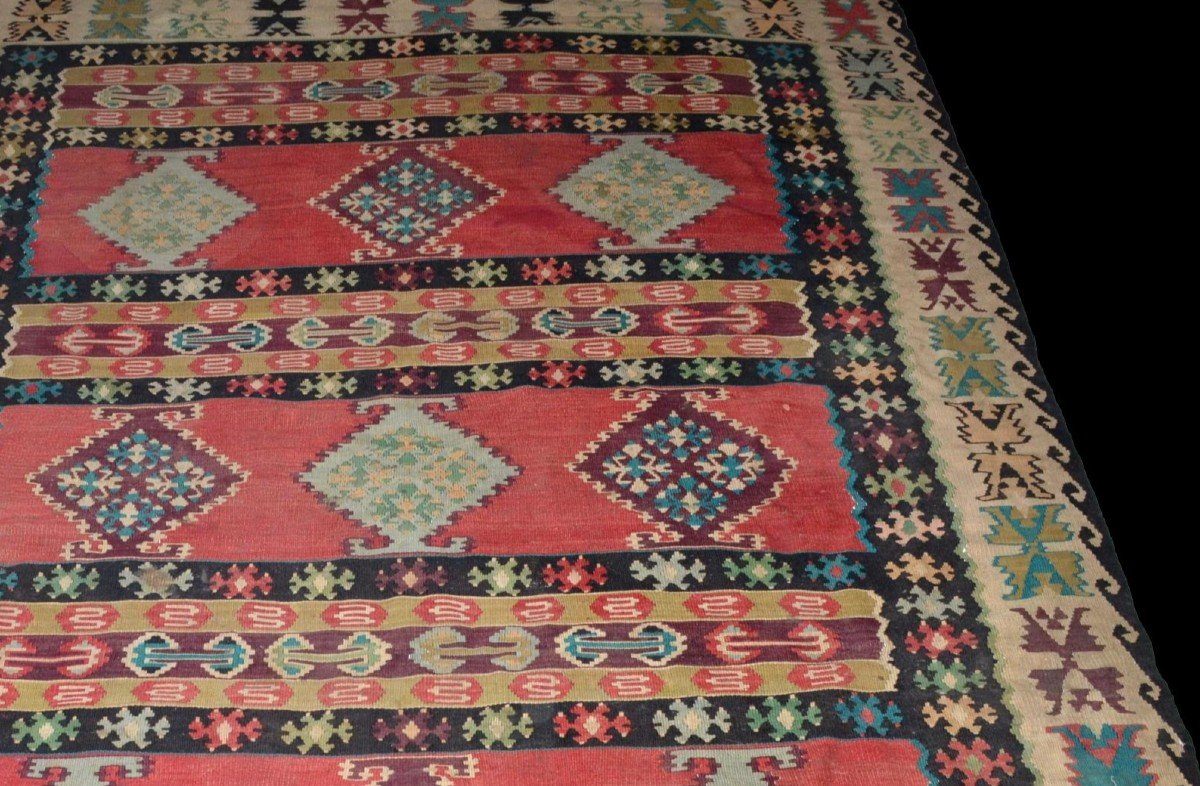
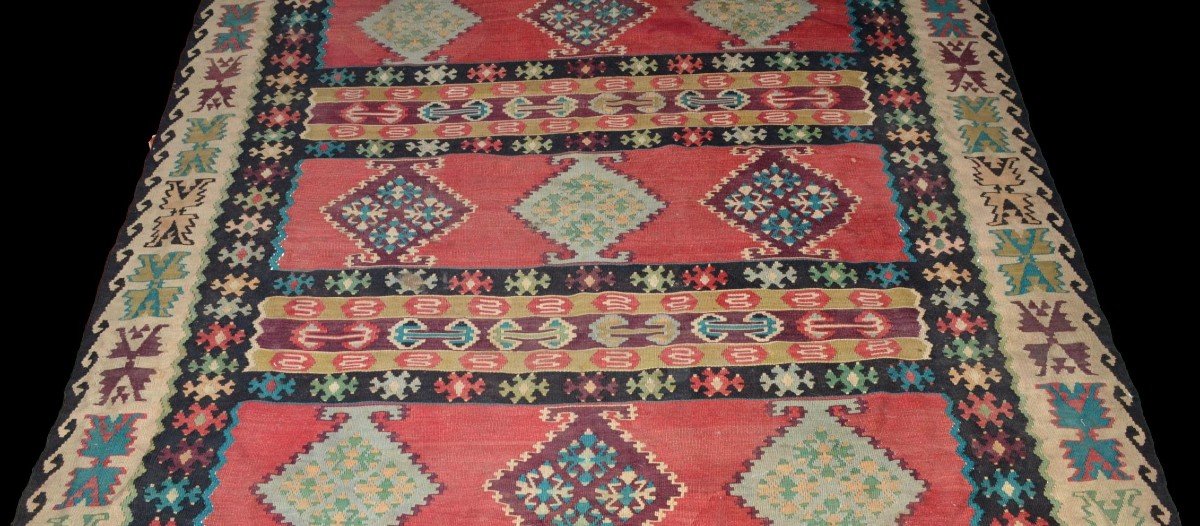
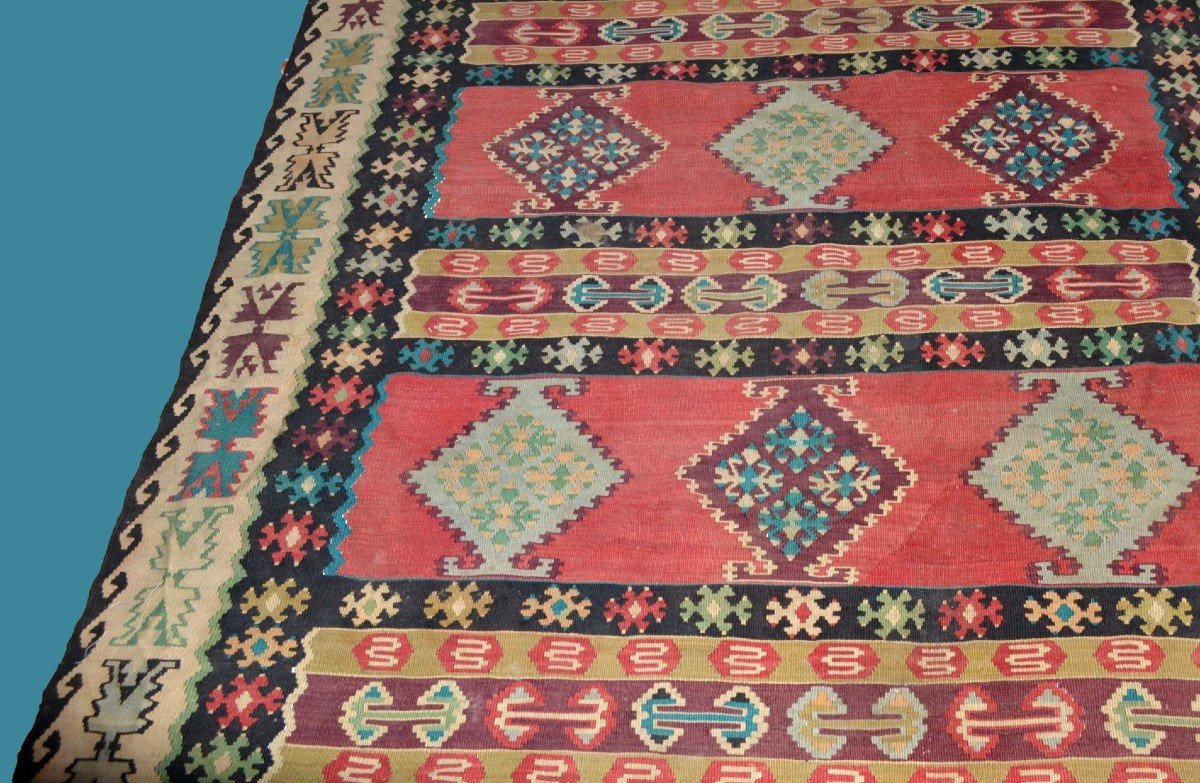
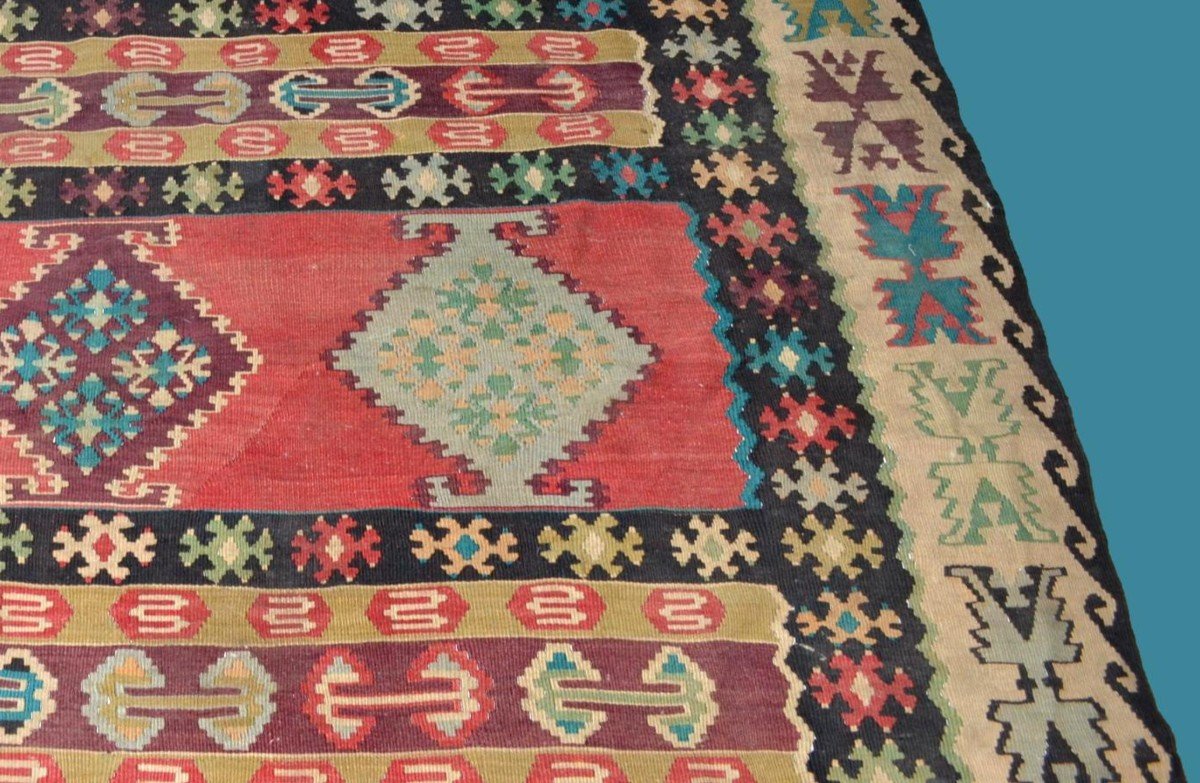
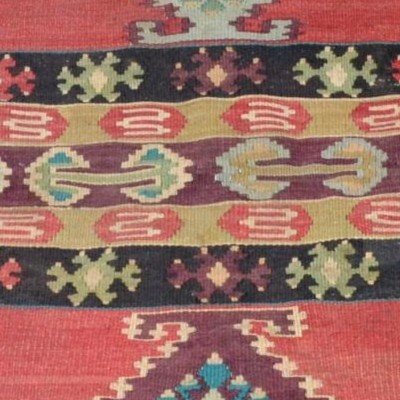
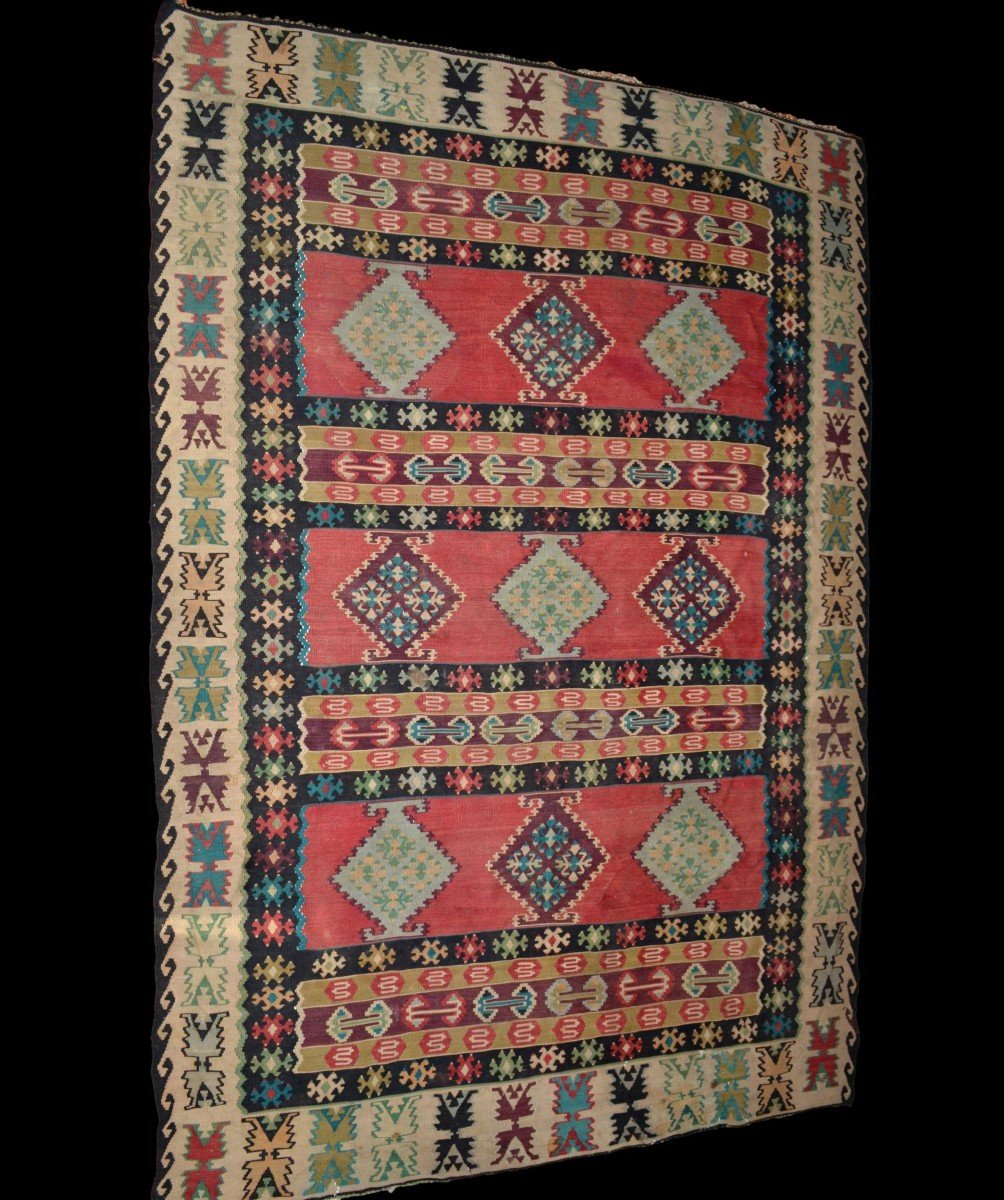
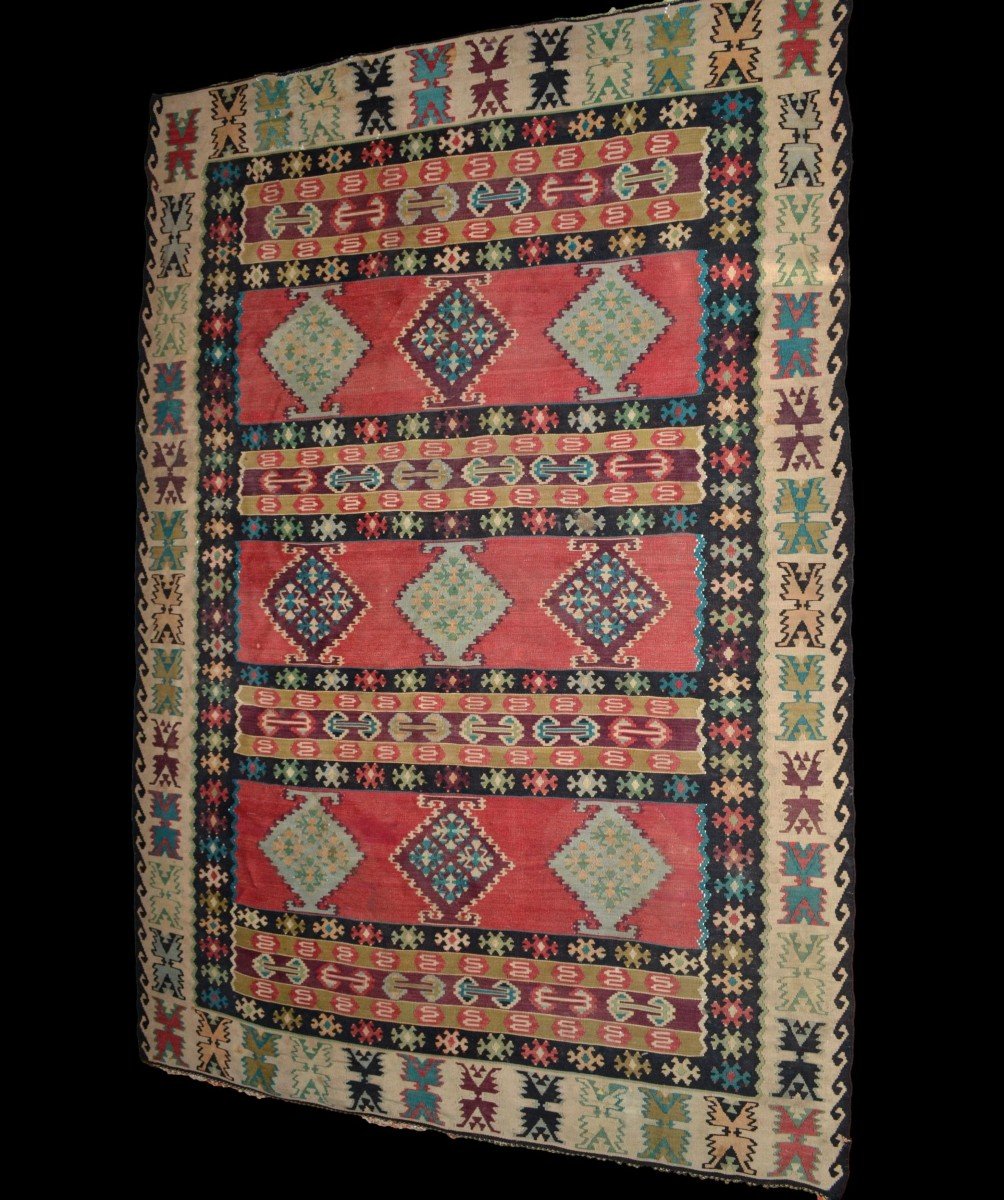

















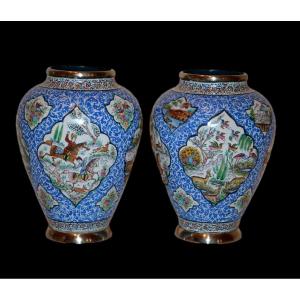
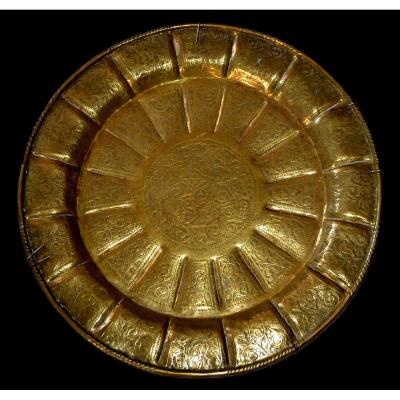
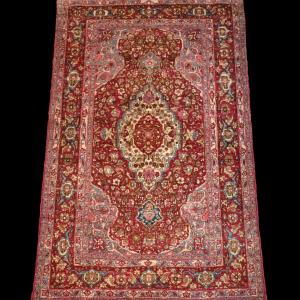


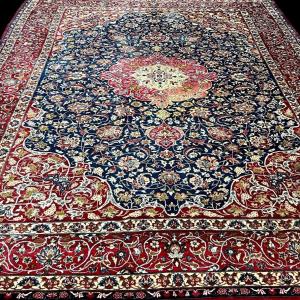


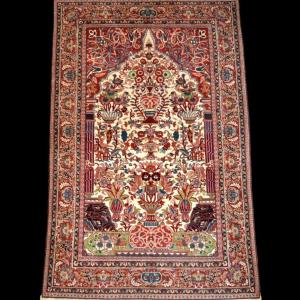




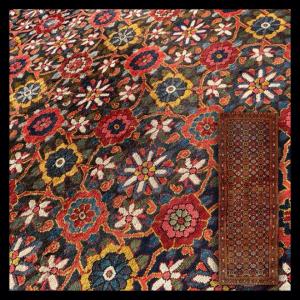





 Le Magazine de PROANTIC
Le Magazine de PROANTIC TRÉSORS Magazine
TRÉSORS Magazine Rivista Artiquariato
Rivista Artiquariato